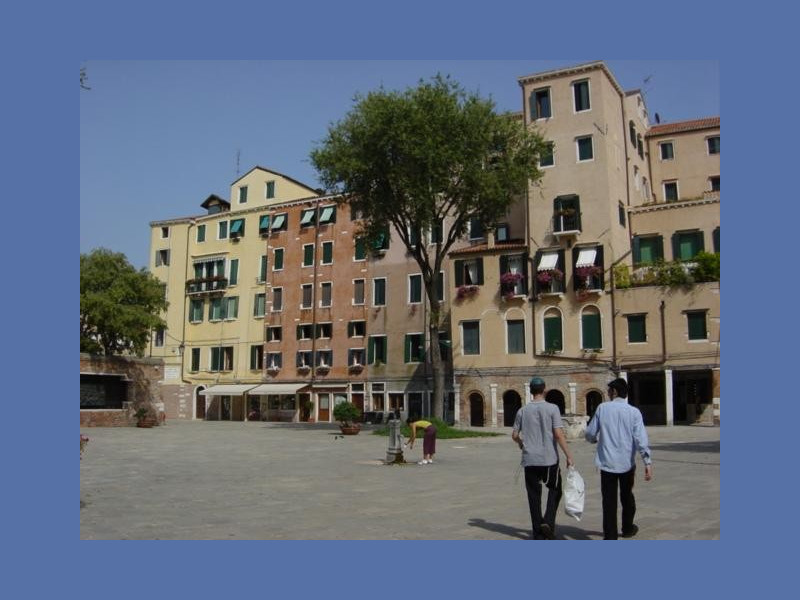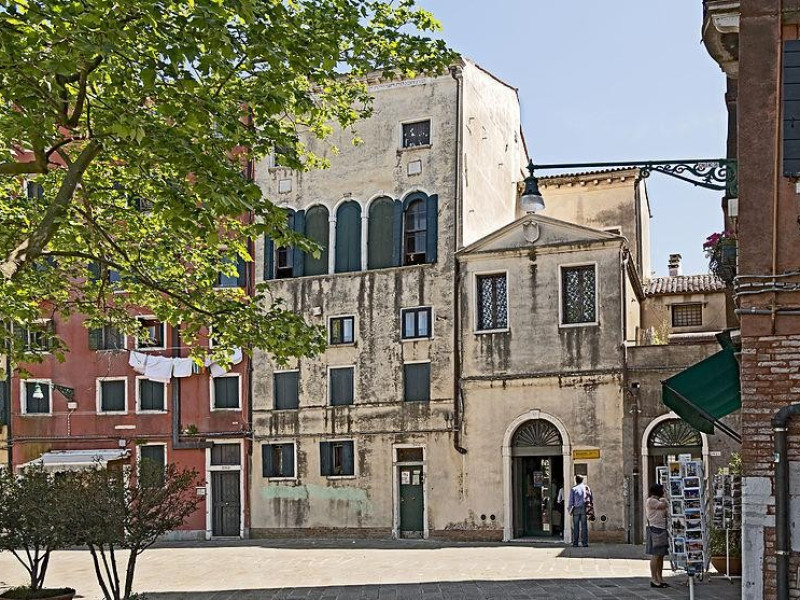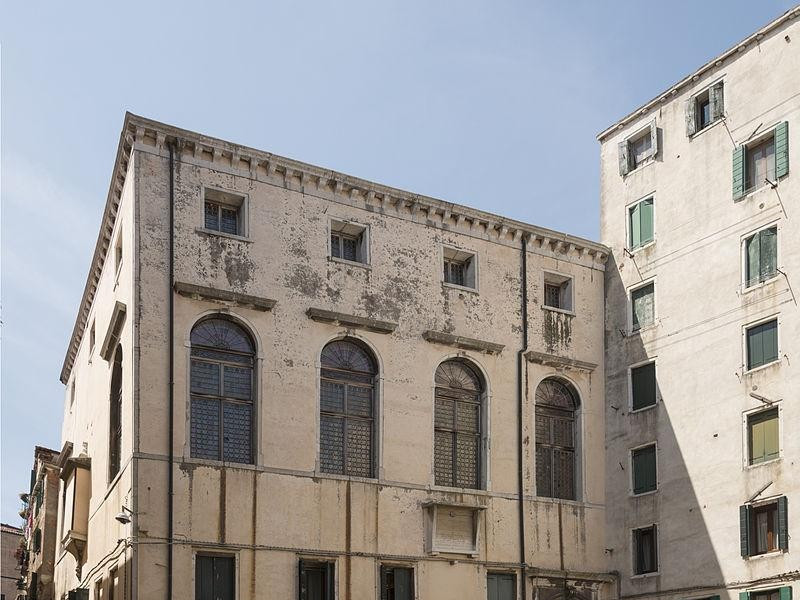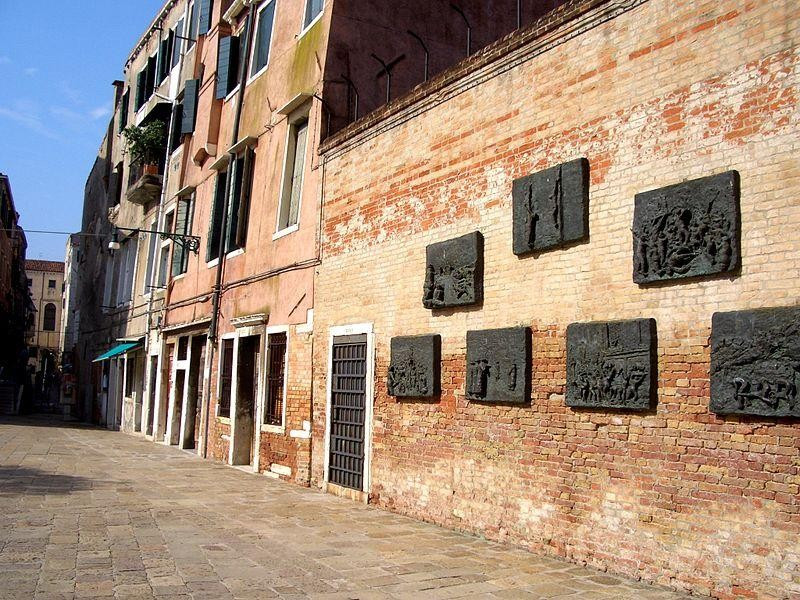Ghetto di Venezia
The Venetian Ghetto was the area where the Venetian Jews were forced to live during the period of the Venetian Republic. The Jewish presence in Venice is attested before the eleventh century, but not until the fourteenth century to appreciate a settlement consistent and stable. The area where the Jewish Quarter arose later was called "Ghetto" since the fourteenth century, as there were foundries public for the manufacture of mortars (from the verb "ghettare": refining the metal with the "ghetta", spat, the lead dioxide). At the beginning of the sixteenth century, the upheavals of the War of the League of Cambrai brought many Jews to pour in Venice in 1516, the Senate decided that all the Israelites were required to reside in the New Ghetto, giving rise to an institution which will then be widely applied in the rest of Europe. The New Ghetto is still presents as an island, whose accesses are by two bridges, in correspondence of which were placed robust gates that were closed and monitored at night. During the sixteenth century it was built several synagogues, one for each ethnic group of origin: the Great German Schola, the Canton Schola (Ashkenazi rite), the Levantin Schola, the Spanish Schola and the Italian Schola. The buildings still form an architectural complex of great interest. With the advent of Napoleon were eliminated discrimination against Jews, equivalent to other citizens, no more obligation of residence in the Ghetto. Today, the complex has remained fairly intact and two synagogues are still open for worship.







